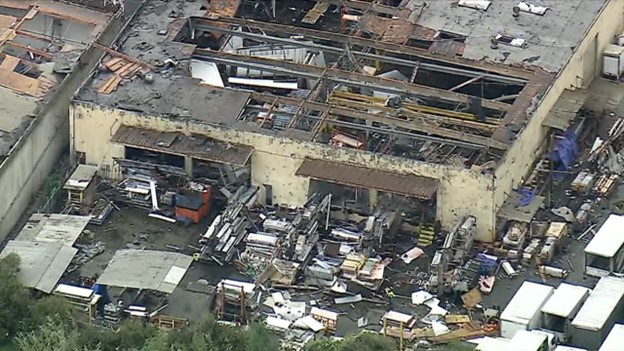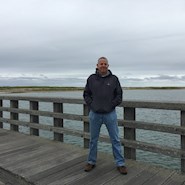Brian Brenner, P.E., F.ASCE, is a professor of the practice at Tufts University and a principal engineer with Tighe & Bond, in Westwood, Massachusetts. His collections of essays, Don’t Throw This Away!, Bridginess, and Too Much Information, were published by ASCE Press and are available in the ASCE Library.
In his new Civil Engineering Source series, More Water Under the Bridge, Brenner shares some thoughts each month about life as a civil engineer, considering bridge engineering from a unique, often comical point of view.
We went to the desert theater. It was a small community playhouse staging a musical, Escape to Margaritaville. In this show, a series of Jimmy Buffett songs are strung together to create a plot, sort of like the ABBA show Mamma Mia but not as good. The cast had a lot of energy, and they did their best with the limited material. But the overall vibe was of a midlevel high school performance. Not the actual performance, mind you, but an earlier rehearsal before the actual performance. There were a few glitches with the lighting, where singers would perform on stage in the dark and the spotlights would focus on a wall. Also, the mics did not quite sync, and set changes were not quite timed to match the flow of the scenes. Most of the performers remembered their lines, usually.
But despite the off-off-off Broadway quality level, everyone seemed to be having a good time, including the audience. It helped that there was a bar serving margaritas, and everyone was sipping on them (the audience members, not the performers). The margaritas were served with small inflatable flamingos, and these seemed bigger after a few margaritas. Theater attendants placed several beach balls in the audience, with the idea that the guests would bounce the balls back and forth, like at a baseball game, but it was the theater. In the desert. The crowd skewed a bit older, and some patrons did not like the beach balls, or did not understand their purpose. Beach balls were landing on their heads. But after sipping a few margaritas, the level of beach ball participation and appreciation improved.
There was a particularly strange moment when the cast overemphasized the word “salt” a few times in the most well-known Buffett song. This was a clear reference to how “Sweet Caroline” is sung at Fenway Park at the bottom of the 8th inning. But in the middle of the desert, it seemed that no one was from Boston, so I don’t think they picked up on the reference.
During intermission, I walked outside the theater to observe a bridge. It looked to be a relatively new highway bridge spanning railroad tracks. The bridge was a typical steel stringer composite concrete bridge, not as common in California where prestressed concrete is more widely used. The keeper blocks on the integral pier caps looked heavily reinforced since it was the California desert and earthquakes were a potential hazard.
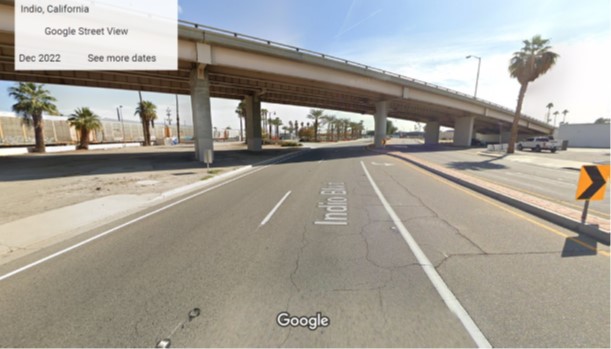
The desert was experiencing a lot of hazards this year, most notably extreme flooding. If you are not from the desert, flooding is not something that you associate with it. California had been hit by a continuous line of storms, one washing ashore every four or five days. The desert, which does not have much natural vegetation (because it is a desert) cannot handle sudden and continuous torrents of precipitation. As a result, dry washes became deluged, and sudden flash floods were a big hazard. In our attempt to travel from Death Valley to Palm Springs, we drove south into the monsoon. All approaches to Palm Springs were flooded out, and there was no way to get to the city from the interstate. We were diverted about 20 miles east, where the roads were finally dry enough to safely pass.
Desert communities have interesting strategies to deal with the infrequent torrents, which this year unfortunately have been very frequent. Municipal streets are designed to transform into rivers when necessary. The grades of designated streets are placed lower, and at cross streets, you must drive down into small valleys and then back up on the other side. The curbs for the designated floodway streets are much higher than usual, acting like small levees to channel the water.
The Coachella Valley has a flood control system and project. Here’s guidance provided to residents:
- Be mindful. Flash floods do occur in the Coachella Valley and all residents must be aware when storms hover over nearby mountains. Residents, and especially children, should stay out of the flood control channels before and during all storms.
- Be patient. Many of the valley’s streets were designed to funnel water to the stormwater channels. Street closures, though inconvenient during a storm, are absolutely necessary to prevent loss of life and extensive property damage.
- Comply with road closures and other directions of emergency personnel. Desert storms can be very deceptive. Flows can be strong enough to cause a car or truck to lose traction and float away in as little as 2 feet of slow-moving water. As little as six inches of fast-moving water can push a car off the road.
This year’s historic flooding, after many years of historic droughts, seems like an overall symptom of climate change. Thousand-year storms have been striking each week. A ghost lake, Lake Tulare, has come back from the dead in central California, flooding vast swaths of farmland. Mountain snowpack is historically high. The snow acts like a natural reservoir over the summer, providing a gradual melt-off that supplies rivers and reservoirs. Except that the snow is so deep, the concern this year is that the melting will not only expand Lake Tulare but inundate everything else.
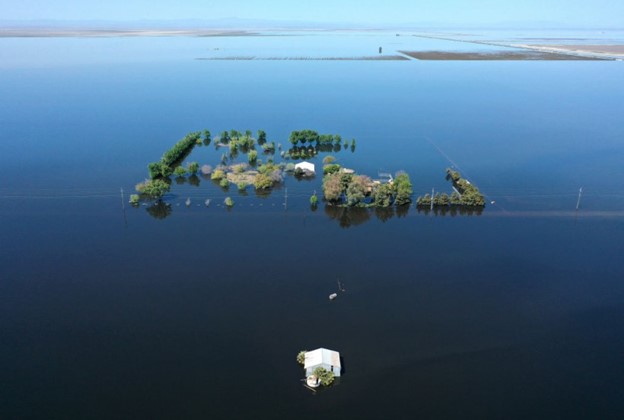
Newly reformed Lake Tulare flooding formerly dry countryside
If the California climate has changed to now feature long periods of intense drought followed by atmospheric rivers, water management strategies in the desert also need to change, it seems. New approaches would be needed to capture rainwater in bigger reservoirs during the wet years and recharge aquifers, instead of allowing all that precious water to flood the land and wash out to the sea.
In addition to having entertaining if not very good theater, the California desert seems like a place subject to cataclysms. It is bone dry as if on Mars, except when torrents of water flood down from the heavens and mountains – illustrating the otherwise confusing oxymoron dry wash. The high desert has vegetation and even trees, which become kindling for massive wildfires. In between those disasters, the earth can violently shake and pulverize what infrastructure is left.
To a visiting northeasterner, the desert landscape looks cataclysmic. It doesn’t have comforting ponds and lakes, or lush carpets of green plants and trees. But it has a searing, distant horizon that is beautiful and remote. In the desert, you can try to walk to the endless horizon that is just out of reach no matter how far you go.
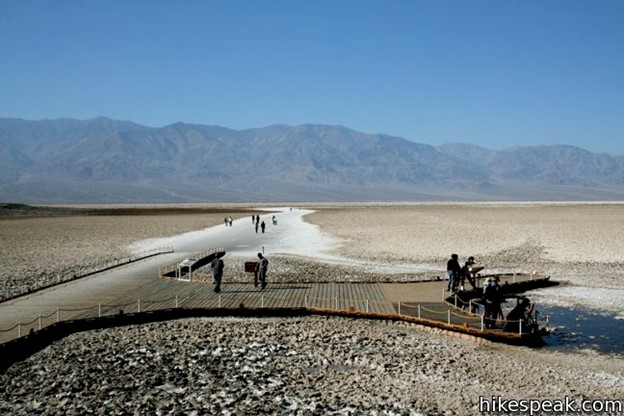
Fortunately, amid the earthquakes, fires, and floods, there are no tornadoes.
